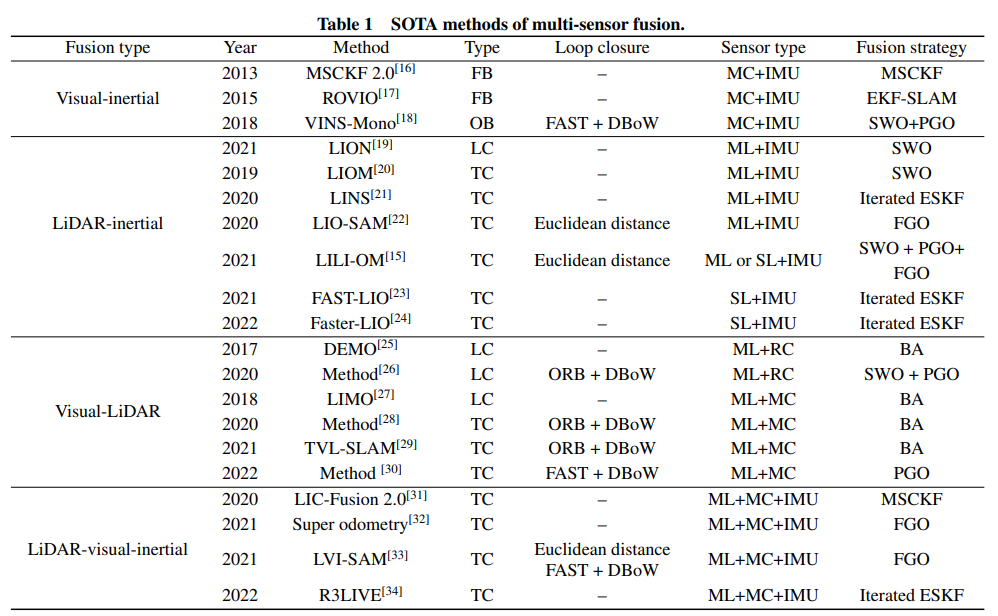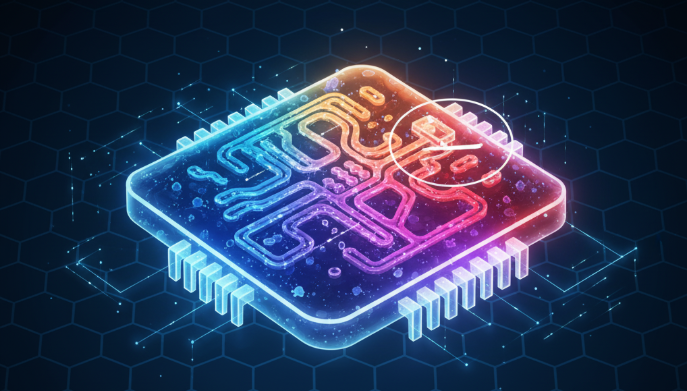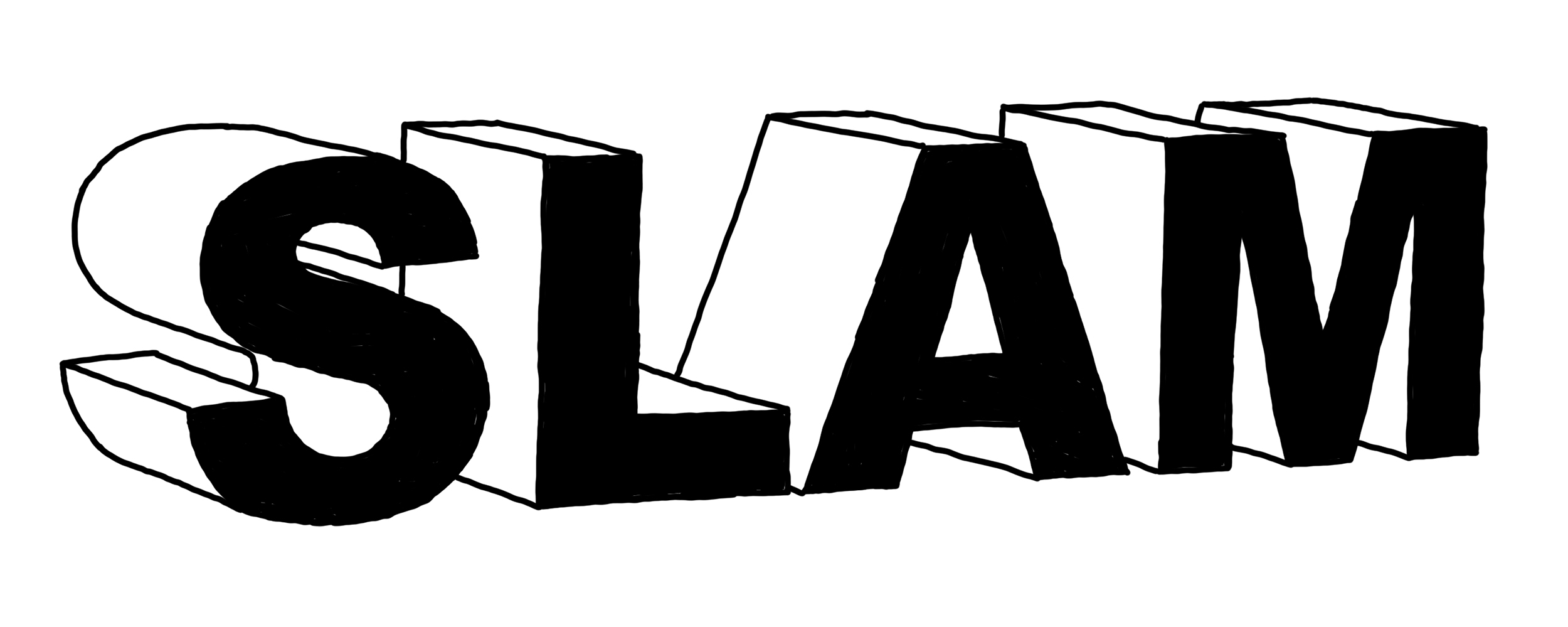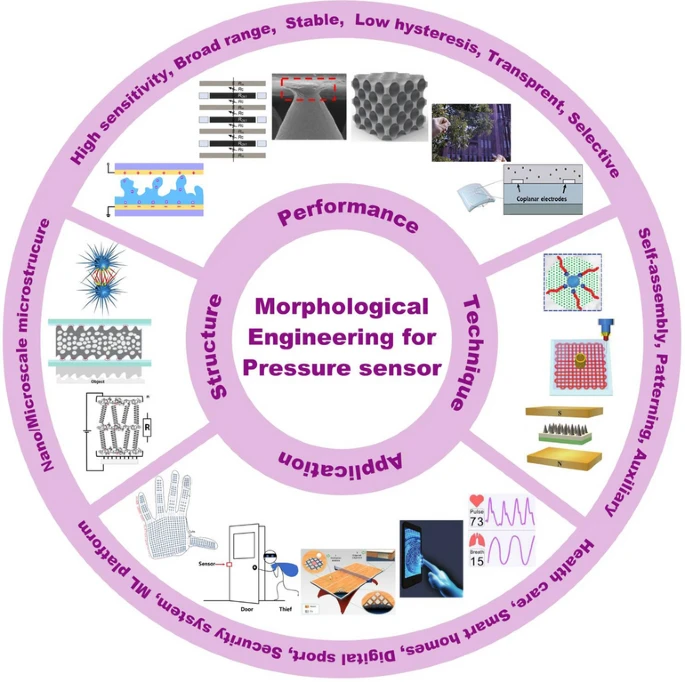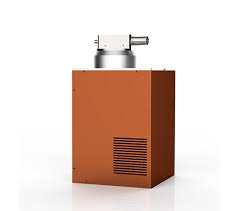As automation and intelligence in measurement and control systems advance, traditional sensors fall short in meeting demands for data processing, self-testing, self-calibration, and self-compensation. Smart sensors and multifunctional sensors, combining advanced computing with sensing technologies, have emerged to address these needs and are increasingly adopted across various industries.
Structure and Features of Smart Sensors
Sensors serve as critical tools for acquiring information, akin to human sensory organs, playing a vital role in industrial production, defense, and scientific research. However, compared to the rapid evolution of computers, sensor technology has lagged behind. The rise of automated and intelligent control systems demands sensors with high accuracy, reliability, stability, and the ability to process data, self-test, self-calibrate, and self-compensate¡ªcapabilities traditional sensors lack.
Smart sensors integrate traditional sensors with microprocessors or microcomputers, leveraging computational and storage capabilities to process data and optimize performance. Unlike traditional sensors, which measure a single parameter, smart sensors can handle multiple parameters, offer compact designs, and incorporate advanced functionalities, effectively extending into the domain of instrumentation.
Key Functions of Smart Sensors
- Self-Compensation: Automatically corrects for nonlinearity, temperature drift, time drift, and response time using software.
- Self-Calibration: Enables online calibration by inputting zero or standard values, simplifying adjustments.
- Self-Diagnosis: Performs self-checks upon power-on, verifying functionality and identifying faulty components.
- Data Processing: Automatically processes data, including statistical analysis and outlier removal, per internal algorithms.
- Bidirectional Communication: Forms a closed loop with the microprocessor, allowing data processing and feedback to regulate the measurement process.
- Information Storage: Stores and recalls measurement data.
- Digital Output: Provides digital signals for easy integration with computers or bus interfaces.
Early smart sensors processed signals through external interfaces before microprocessor computation. By the 1980s, smart sensors integrated signal conditioning, memory, and interfaces onto a single chip, embedding basic artificial intelligence. In the 1990s, advancements led to miniaturized, array-based, and digital smart sensors with self-diagnosis, data storage, multi-parameter measurement, and network communication capabilities. Future smart sensors are expected to incorporate artificial neural networks, fuzzy logic, and advanced information processing, enabling complex tasks like image recognition and multidimensional detection.
Structural Design
Smart sensors typically consist of a sensor, a microprocessor or microcomputer, and related circuitry. The sensor converts physical quantities into electrical signals, which are filtered, amplified, and converted from analog to digital before processing by the microcomputer. The microcomputer, the core of the system, computes, stores, and processes data while providing feedback to adjust the sensor, reducing manufacturing complexity, enhancing performance, and lowering costs.
Smart sensors can be integrated, hybrid, or modular. Integrated designs combine sensing elements, microprocessors, and signal processing on a single chip, offering high integration but posing fabrication challenges. Hybrid designs use separate chips for sensors and processors, a common approach today. Modular designs assemble independent components (e.g., microcomputer, signal conditioning, and display circuits) within a single housing, balancing practicality with larger sizes.
Applications of Smart Sensors
Smart sensors are widely deployed across diverse sectors, enhancing efficiency and functionality. Key applications include:
- Smart Agriculture: In field-based agricultural projects, where manual calibration is costly and impractical, smart sensors provide stable, reliable data for monitoring environmental conditions.
- Industrial Automation: Smart sensors monitor and control production parameters, ensuring equipment operates optimally and products meet quality standards, forming the backbone of automated manufacturing.
- Robotics: In advanced robots, smart sensors enable sensory functions, allowing autonomous operation and environmental perception without human intervention.
- Smart Healthcare: Smart sensors monitor vital signs, support clinical diagnostics, and enable imaging and treatment for respiratory, neurological, and cardiovascular conditions, becoming integral to medical devices.
- Smart Appliances: In smart homes, sensors enable communication between users and appliances like TVs, air conditioners, refrigerators, and washing machines, forming the foundation of home IoT networks.
Challenges in China's Smart Sensor Industry
Despite progress, the smart sensor industry in China faces several hurdles:
- Limited Technological Breakthroughs: Sensor design involves complex disciplines, materials, and processes. High R&D costs, talent shortages, and intense competition hinder breakthroughs in core technologies.
- Weak Industrialization: Incomplete product lines, redundant production, and cutthroat competition result in unreliable, low-end products, with heavy reliance on imports.
- Fragmented Resources: With over 1,600 mostly small-scale sensor firms, China lacks leading enterprises, leading to dispersed resources and an immature industry structure.
- Talent Shortages: The interdisciplinary nature of sensor development, coupled with limited funding and weak educational frameworks, makes it difficult to attract and retain high-caliber professionals.
Trends in Smart Sensor Development
The future of smart sensors is shaped by several key trends:
- Higher Precision: As automation deepens, sensors must offer greater sensitivity, accuracy, responsiveness, and interchangeability to ensure reliable performance.
- Enhanced Reliability and Temperature Range: High-reliability sensors with wide temperature tolerance, using materials like ceramics, are critical for robust electronic systems.
- Miniaturization: Smaller, more powerful devices require compact sensors, enabled by new materials and microfabrication techniques like silicon-based processing.
- Low Power and Passive Designs: Micro-power and passive sensors, essential for battery- or solar-powered applications, improve energy efficiency and system longevity.
- Digitalization and Intelligence: Sensors are shifting from analog to processed digital outputs, incorporating control functions for seamless integration with digital systems.
- Networking: Networked sensors, integral to IoT, enhance data sharing and system interoperability, driving advancements in electronics.
Smart sensors are a cornerstone of IoT, revolutionizing industries like healthcare, manufacturing, agriculture, and aerospace. As technologies like artificial neural networks and AI mature, smart sensors will become more adaptive and intelligent, promising significant growth and innovation.
 ALLPCB
ALLPCB


